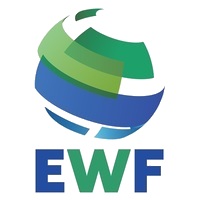
European Federation for Welding, Joining and Cutting
The European Federation for Welding, Joining and Cutting (EWF) is an organisation dedicated to education, training, qualification and certification in the field of welding and related technologies. In 1992, welding course providers of several EU member countries wanted to harmonise their education, training, qualification and certification procedures.